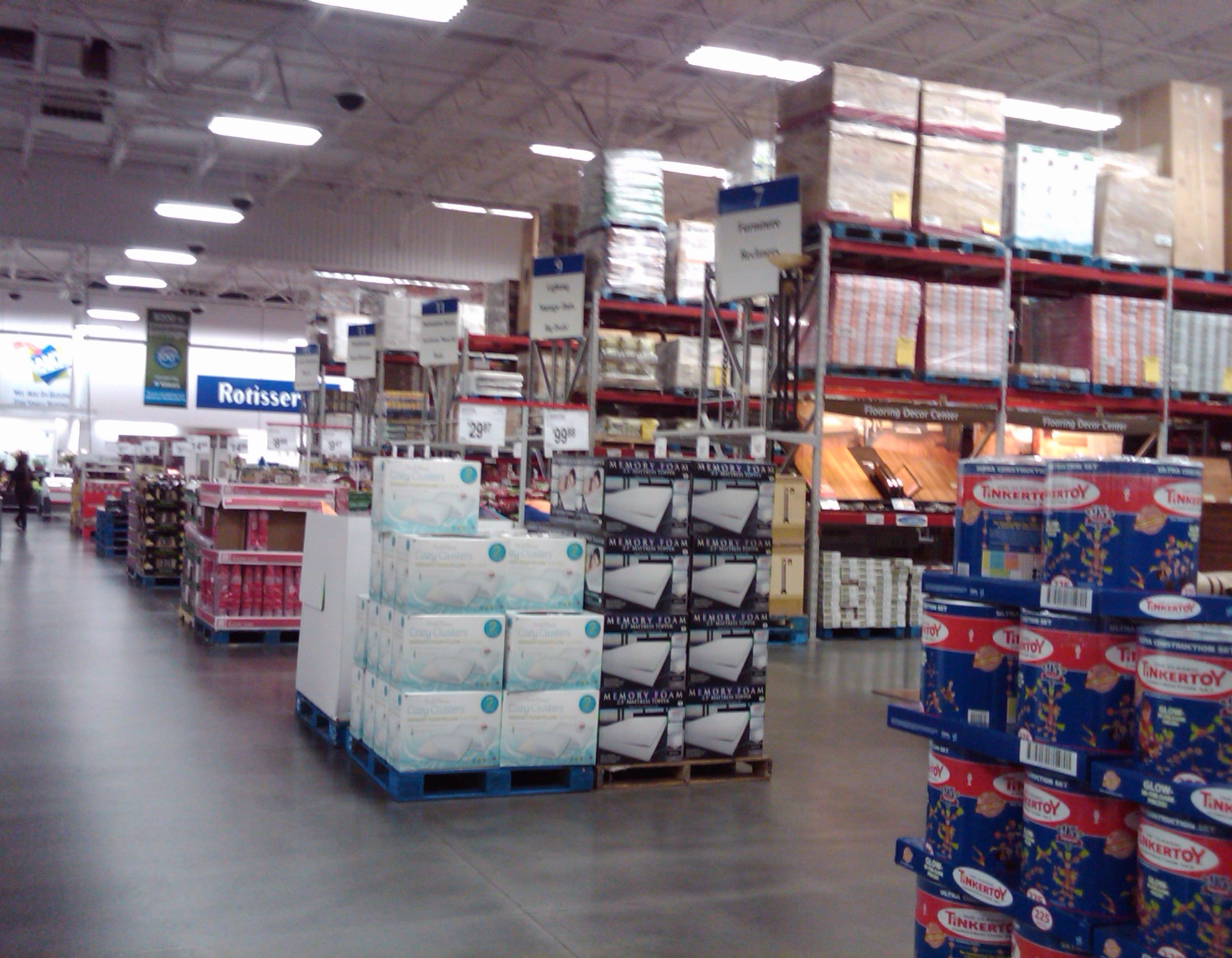
Inflation has risen for three of the last four months and is now slightly higher than it was a year ago. Despite this, neither President Donald Trump nor top Federal Reserve officials fully acknowledge the risk. President Trump told the UN that “inflation has been defeated,” while Fed Chair Jerome Powell stated that inflation risks have “diminished.”
Downplaying Inflation Poses Risks
Dismissing inflation while it remains above the Fed’s 2% target creates significant risks. Politically, the Trump administration risks alienating Americans who still feel burdened by high prices. More critically, the Fed made a “big gamble” by cutting its key interest rate (now 4.00% to 4.25%) based on the assumption that President Trump’s tariffs would only cause a temporary price bump. Economists like Karen Dynan warn that if inflation persists, the Fed’s inflation-fighting credibility will suffer, potentially leading to a wage-price spiral that is much harder to control.
The current consumer inflation rate is 2.9% (in August, up from 2.6% a year prior), remaining above the Fed’s target. Tariffs are actively contributing to price pressure. The cost of long-lasting manufactured goods rose by nearly 2% in August, ending a decades-long trend of price declines. Grocery prices increased 2.7%, the steepest non-pandemic gain since 2015. Notably, coffee prices soared 21% due to a 50% tariff on Brazilian imports and climate-induced droughts. Companies like Campbell Soups and the National Tree Company are now raising prices by about 10% to offset tariff costs, passing the burden to consumers.
Fed’s Dilemma and Conflicting Views
The central bank cut rates because it was more concerned about the risk of worsening unemployment than high inflation, with economist Jason Furman calling the move a “big gamble.” The ongoing rollout of new tariffs (including 100% on pharmaceuticals) means many companies are still implementing price hikes, threatening to make inflation a long-term problem. While some Fed policymakers, such as Stephen Miran, remain optimistic, predicting that slowing rental costs and reduced immigration will curb demand, others warn that inflation resulting from a loss of central bank confidence is far harder to fight than typical price spikes. The complexity is compounded by the government shutdown, which is expected to delay the release of the September inflation report.
What The Author Thinks
The Federal Reserve’s decision to cut interest rates on the belief that President Trump’s aggressive, escalating tariffs will only cause a “transitory” inflationary bump is a dangerously optimistic move that ignores the economic reality of a global trade war. Tariffs, unlike temporary supply shocks, are a sustained policy choice that structurally increase import costs, pushing inflation higher through price-sensitive goods like groceries and holiday items. By prioritizing the employment outlook over maintaining its inflation credibility, the Fed risks losing the public’s confidence, which would make the inevitable fight against longer-term, tariff-fueled inflation exponentially more costly and difficult.
Featured image credit: Wikimedia Commons
For more stories like it, click the +Follow button at the top of this page to follow us.
